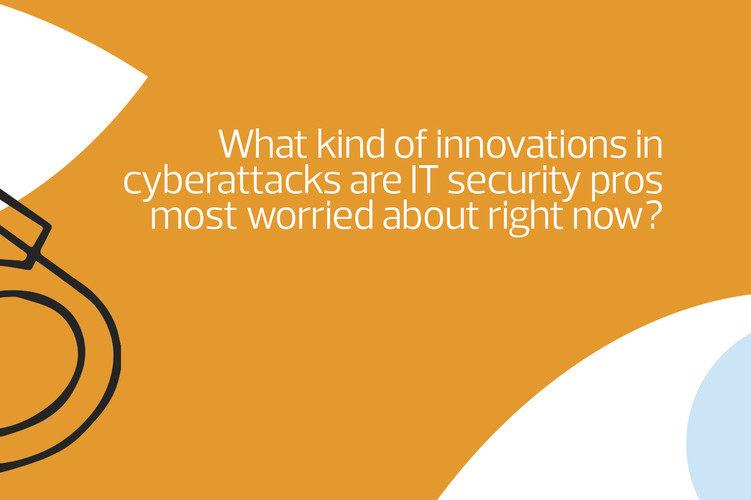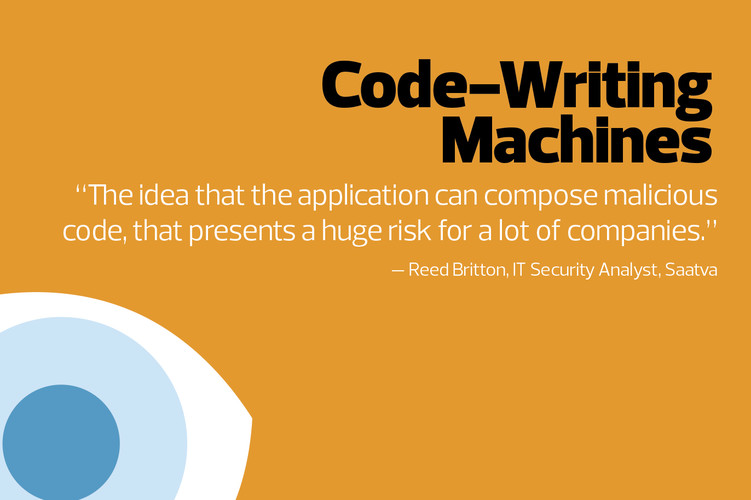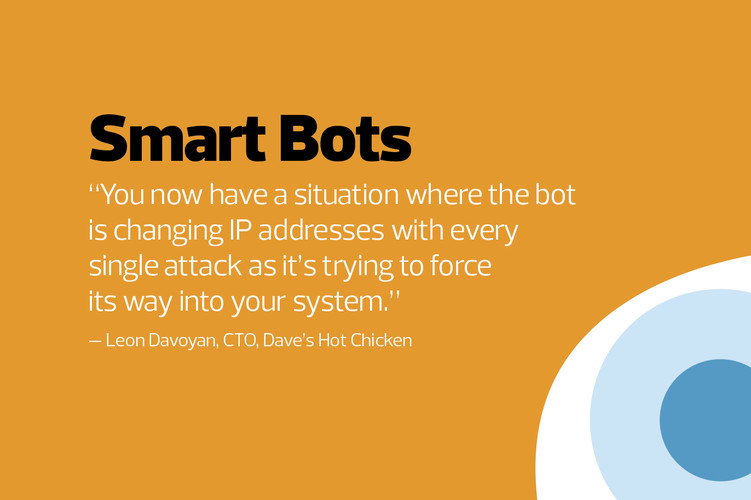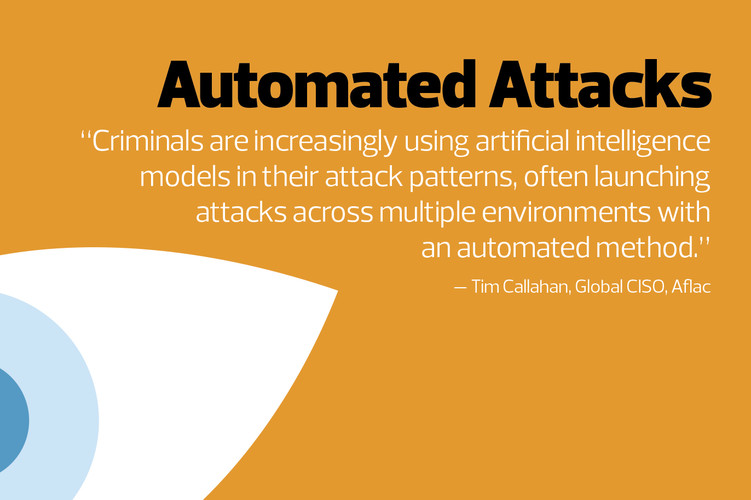From a security perspective, Davoyan says, “The focus shifted away from, ‘How do we keep the corporate office, the corporate network secure?’ to, ‘Well, these guys are connected to their home network, which we know is not secure, so how do we look at network security?’”
It’s important to realize that security is more of a process than a destination, says Pete Finalle, a research manager for IDC’s security and trust team. Every advancement creates new opportunities and changes the risks. For example, modern endpoint devices are far more powerful than they were just a few years ago. That’s empowered greater mobility, but it also changes the stakes on security.
“Networks in general are more porous than they used to be, so having visibility into the devices and their traffic is essential,” Finalle says. “This has changed the focus from protecting the perimeter to protecting dispersed and fragmented devices and resources. Identity and authentication have become integral components for securing the modern network.”
Dave’s Hot Chicken employs Fortinet solutions, including FortiGuard Security Services, to get the visibility needed to keep restaurants up and running and protect every device used by employees, regardless of location.
“The game did change a little bit,” he says. “Rather than securing the enterprise on the network side, we shifted to securing each endpoint at the system level.”
For Davoyan, it’s not just about restaurant operations. He’s equally invested in protecting Dave’s Hot Chicken customers, whether they are logging on to a location’s public Wi-Fi or using their customer loyalty accounts.
“It’s evolving so much that we’re having to think about security beyond the four walls of our physical business and our digital business,” he says. “We love our customers, and we have to do whatever it takes to make sure that they have a good time with us.”
READ MORE: Learn how to take your endpoint security to the next level.
Why Visibility Is Key for Network Security
In a world where traditional perimeters have been replaced by hybrid infrastructure, it’s not just franchise businesses with far-flung locations that must work to secure their networks.
“Visibility is key for network security,” Finalle says. “Most tools analyze devices and traffic for anomalous behavior, threat signatures or other indicators of compromise.”
Finalle says he foresees more changes ahead as hybrid work matures as a model for doing business. He points to digital experience monitoring as a path many businesses may take in the quest for secure connectivity. DEM is IT management technology that measures performance and helps IT teams resolve issues by monitoring the health of all systems between end users and applications.
“DEM is becoming an important feature for benchmarking the performance of both the network and network security,” he says.

















